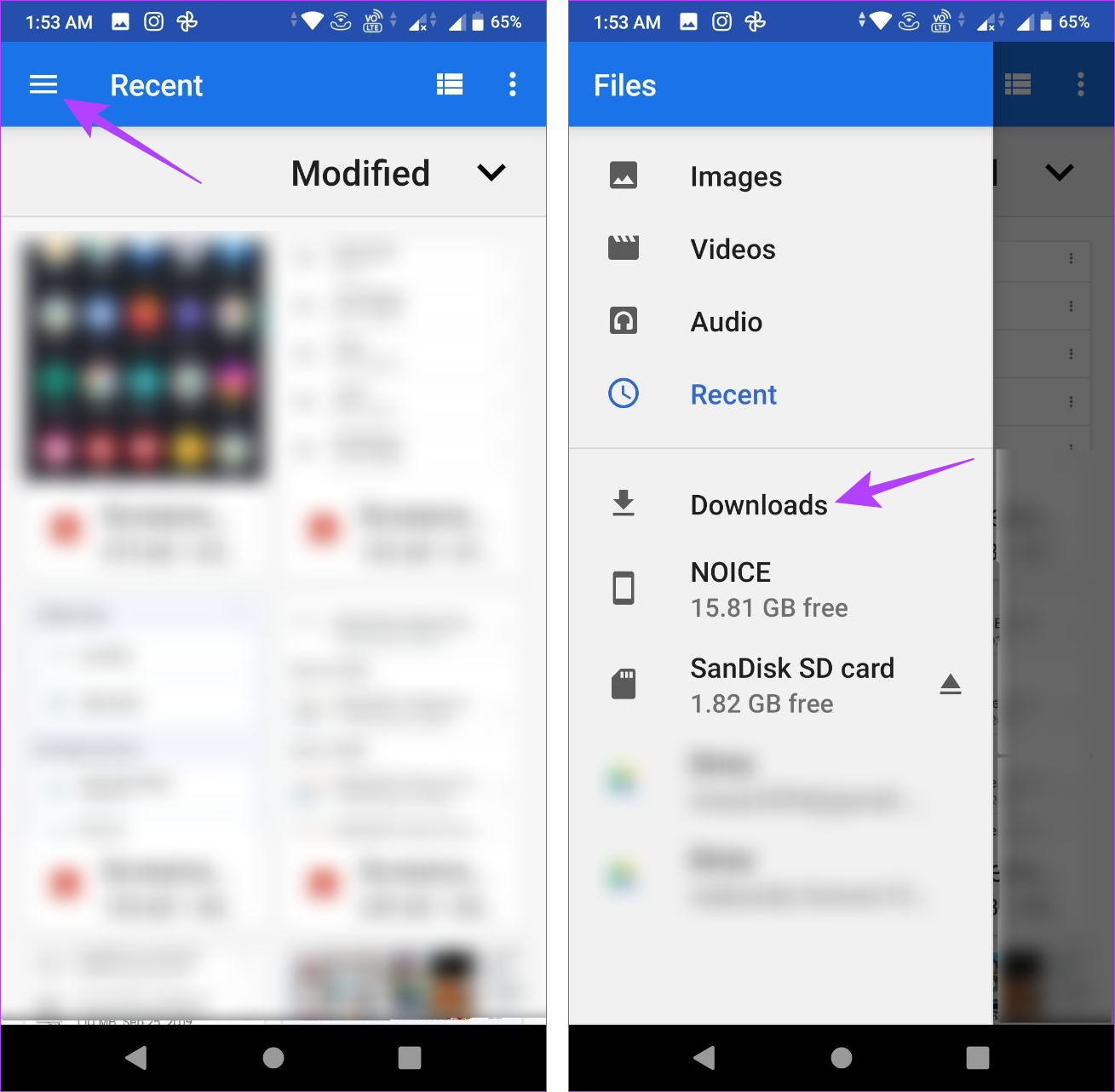The Fact About download phone on tablet That No One Is Suggesting
The Fact About download phone on tablet That No One Is Suggesting
Blog Article
Locating downloaded and install documents on your Android device can be a challenge. Easily, your phone can rapidly come to be cluttered with pictures, video clips, screenshots, and various other files. To maximize area on your device, it's essential to track where your downloads are saved. This way, you can quickly recognize and erase unnecessary data.

If you're having trouble situating a critical data that appears to have actually disappeared right into thin air, fear not! This guide is below to help you track it down and get your Downloads folder in order. Whether you're a proud proprietor of among the premier Google Pixel phones or an additional Android tool, we'll reveal you just how to swiftly locate your downloads and keep them nicely organized.
Find your downloads with the default documents manager
Each smartphone maker may offer a somewhat different built-in Android app for data administration, yet your experience should be similar. If you own a Samsung phone, describe our tutorial, which demonstrates how to locate downloads on your Samsung Galaxy phone.
Comparable to operating systems like Windows, macOS, and iphone, Android has a Downloads folder for your files. Do the following to discover the downloads on your tool:
1. Open the Data or My Documents app from the home display or app drawer.
2. Seek a section called Downloads.
3. Touch it to view the files you downloaded.
Make use of the Files by Google app for your downloads
If you're seeking a simple and effective method to locate your downloaded files on your Android tool, take into consideration utilizing Documents by Google from the Google Play Shop. This application attracts attention as a top choice for its user-friendly interface and performance, making it an exceptional choice to any preinstalled documents supervisor application on your gadget.
4. Open up the Data app.
5. Select the Browse tab at the bottom.
6. Tap Downloads.
7. Select the Download and install tab to see the documents in that folder.
Locate your downloads manually
If you're not able to find the Downloads folder on the primary page of your documents manager application, attempt accessing your phone's internal storage rather. Below's a step-by-step guide on exactly how to do it:
1. Open up the Files application.
2. Select the Browse tab near the bottom.
3. Scroll down and go to Internal storage.
4. Touch the Download folder.
Move your downloads to another area
Transferring files out of the for numerous factors, especially for files that hold delicate or individual information. Putting such files in their assigned folder improves their safety and reduces the danger of unintentional removal. Furthermore, it where are my downloads stored on my android phone aids avoid them from being lost among the multitude of unrelated files you may download.
1. Open the Files app.
2. Navigate to your Download folder.
3. Tap the three-dot menu to the right of any file.
4. Choose the Move to option.
5. Tap Internal storage at the bottom.
6. Select any location or folder.
7. Tap Move here to transfer the file to that location.
You can also use the Copy to option and paste these files to another location. This allows you to create as many duplicates as you want without removing the original files from your Download folder.
View the exact location of your downloadsM/b >
You may want to see the location of the Download folder for various reasons from time to time. Tap the three-dot menu next to one of your downloaded files and go to File info. The/ storage/emulated/0/ Download path is the default for many modern Android devices. Some third-party web browsers might save files to a different folder, but this should be the location for most downloads.
Managing your downloads is easier than you think
The Files app by Google is an excellent choice for those who appreciate a straightforward file management solution. With its user-friendly interface and simple features, this app effectively categorizes your files into different types such as downloads, images, videos, and audio. Additionally, it provides the option to remove unnecessary files.
Speaking of tidying up, you can free up more storage space by learning how to delete unwanted WhatsApp media files. You can install an SD card on some Android devices if you're still short on space.
Report this page